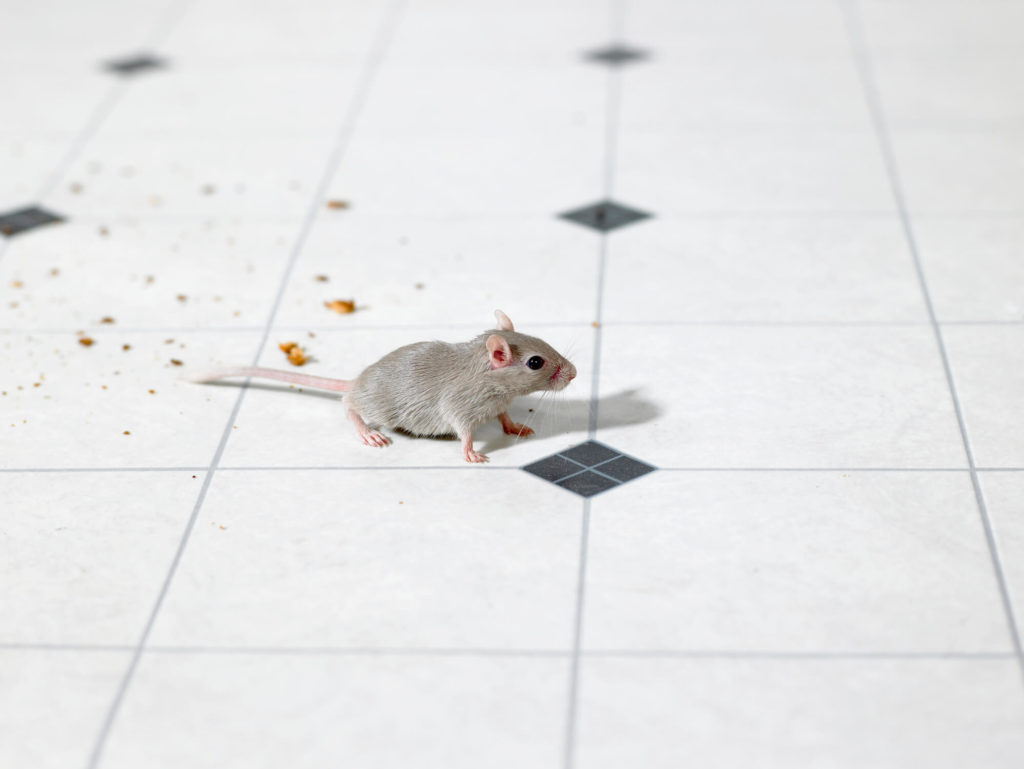Are Those Droppings from Mice or Rats? Here’s How to Tell
Spotting small brown droppings on your kitchen counter is a jarring experience. Are they crumbs from dinner—or something more troubling? A closer look reveals the truth: rodent droppings.
If this situation feels familiar, don’t panic. The first step to tackling the problem is identifying whether the droppings belong to mice or rats. Each requires a tailored approach to removal, and quick action can protect your home and health.
Here’s everything you need to know to identify the invader, prevent further issues, and reclaim your home.

Why It’s Critical to Identify the Culprit
While mice and rats may seem similar, their behaviors, risks, and removal methods are quite different. Identifying the type of rodent helps you:
- Choose the most effective mouse removal strategy.
- Prevent further property damage.
- Avoid health risks from contamination.
- Ensure long-term solutions that keep rodents from returning.
Understanding the differences between mice and rats is key to solving the issue and protecting your family.
Mice vs. Rats: 5 Key Differences
To effectively get rid of rodents from your home, you must first determine whether you are targeting mice or rats.
Below are 5 main differences you can use to identify whether you have mice or rats roaming freely in your home.
1. Appearance
- Mice:
- Small (0.5–3 ounces)
- Round bodies
- Triangular noses
- Large ears
- Smooth gray or brown fur
- Long, thin, slightly hairy tails
- Rats:
- Larger (12 ounces–1.5 pounds)
- Stocky bodies
- Blunt noses
- Small ears
- Coarse gray, brown, or white fur
- Thick, scaly tails that are longer than their bodies.
2. Droppings
- Mice:
- Small, rice-shaped droppings (~¼ inch)
- Often appear in large quantities—sometimes up to 100 at a time.
- Rats:
- Larger, oval-shaped droppings (~¾ inch) t
- Typically found in smaller numbers, around 20–50 at a time.
3. Habitat
- Mice: Prefer warm, hidden spaces such as garages, under decks, or near trees. They’re most common in rural and suburban areas.
- Rats: Thrive in urban settings, where they can nest in basements, attics, walls, and even sewers.
4. Diet
- Mice: Picky eaters who prefer seeds, grains, fruits, and bread. They nibble small amounts but frequently.
- Rats: Scavengers that will eat almost anything, from spoiled food to garbage.

5. Risks
- Both rodents carry diseases like Hantavirus, Salmonella, and Leptospirosis, which can spread through droppings and urine.
- Rats, however, are more aggressive and can bite if cornered. They’ve also been known to attack and eat mice.
How to Prevent Rodents in Your Home
Prevention is your strongest defense against a rodent infestation. Here are simple, expert-approved steps to keep your home rodent-free:
1. Keep Your Home Clean
- Store food in sealed, airtight containers.
- Sweep and wipe down counters regularly to remove crumbs.
- Avoid leaving uncovered trash inside or outside your home.
2. Eliminate Hiding Spots
- Declutter your home, getting rid of paper piles, cardboard boxes, and unused storage containers.
- Clean up leaves, branches, and other debris from your yard, especially during fall.
3. Seal Entry Points
- Inspect your home’s exterior for cracks, gaps, or holes in walls, windows, doors, and foundations.
- Check where pipes, vents, or wires enter your home and seal any openings with caulk or steel wool.
4. Conduct Routine Inspections
Rodents can squeeze through openings as small as a dime. Scheduling regular inspections ensures your home stays protected. A professional can spot vulnerabilities you might miss and address them before they become a problem.
What to Do If You Spot Droppings
Finding droppings is often the first sign of a rodent problem. Here’s what to do next:
- Clean the Area Safely: Use gloves and disinfectant to clean up the droppings. Avoid sweeping or vacuuming, as this can spread harmful particles into the air.
- Identify the Culprit: Compare the size and shape of the droppings to determine whether you’re dealing with mice or rats.
- Take Action Quickly: Address the infestation immediately to avoid further risks to your health and property.
If you’re unsure about the type of rodent or the extent of the problem, professional help is just a call away.
Why Rodents Are More Than a Nuisance
Rodents aren’t just annoying—they’re dangerous. Here’s why:
- Health Hazards: Rodents spread diseases through droppings, urine, and saliva. Contaminated surfaces can pose serious risks to your family.
- Property Damage: Mice and rats gnaw on wires, wood, and insulation, causing costly damage to your home.
- Rapid Reproduction: A single rodent can lead to an infestation quickly, as they reproduce at alarming rates.
Acting fast is essential to protecting your home and family.
Trusted Rodent Solutions from Brody Brothers Pest Control
When it comes to rodent infestations, Brody Brothers Pest Control brings over 40 years of expertise to Maryland homes. Our professionally trained technicians use the safest and most effective methods to identify, remove, and prevent rodents. We create customized pest control solutions tailored to your home’s unique needs.
Whether you’re dealing with mice, rats, or both, Brody Brothers is here to help.
Call Brody Brothers today for a no-obligation consultation and take the first step toward a pest-free home.


